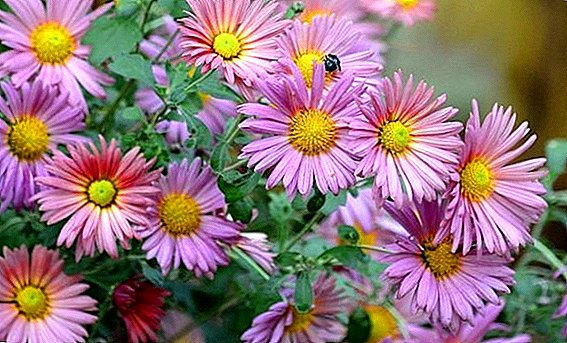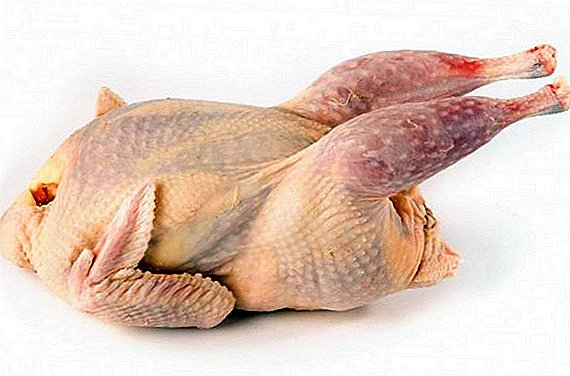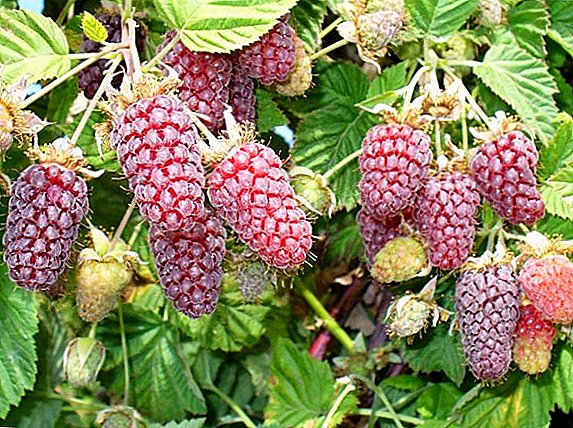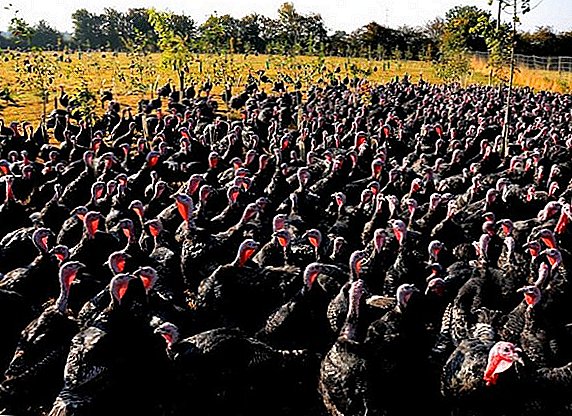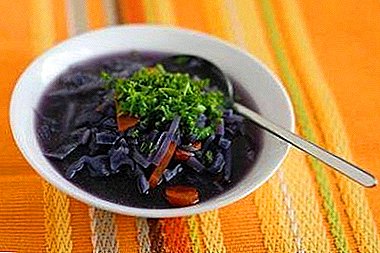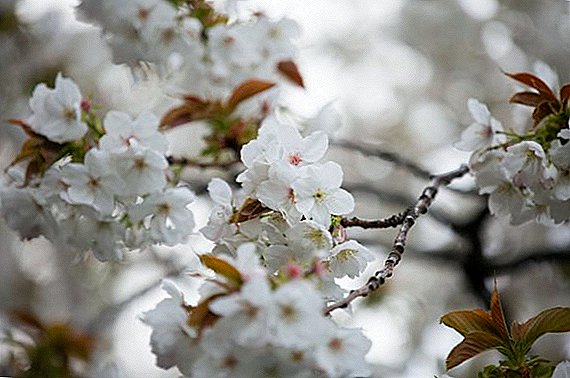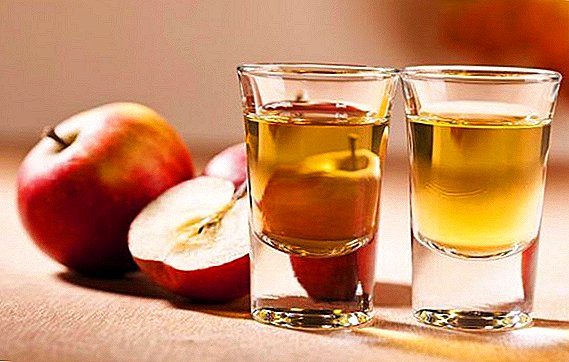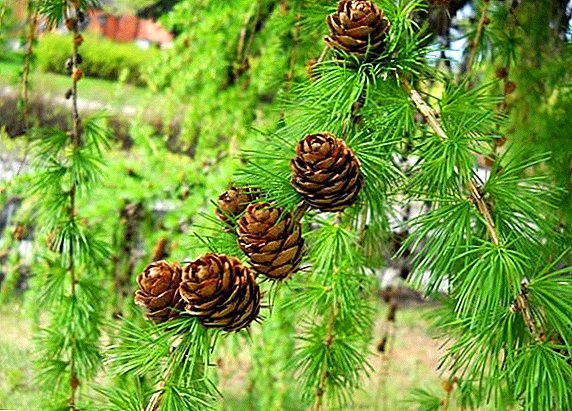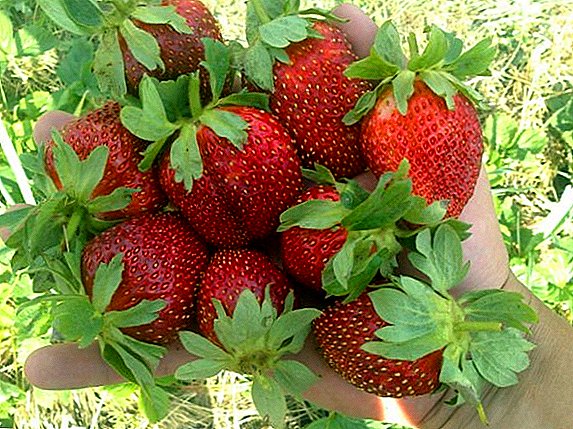 Strawberry "Marshal" is one of the varieties with large fruits.
Strawberry "Marshal" is one of the varieties with large fruits.
Many gardeners prefer such varieties for breeding, since it is possible to harvest much more and more easily from one bush than to play with smaller berries on several shrubs.
The history of breeding strawberries varieties "Marshal"
 Variety "Marshal" - The result of the work of the American breeder Marshall Huella. The scientist brought strawberries suitable for cultivation in northeastern Massachusetts, in which he worked. Strawberry "Marshal" was introduced to the public in 1890 and quickly gained popularity as a winter-hardy variety, with good fruiting performance.
Variety "Marshal" - The result of the work of the American breeder Marshall Huella. The scientist brought strawberries suitable for cultivation in northeastern Massachusetts, in which he worked. Strawberry "Marshal" was introduced to the public in 1890 and quickly gained popularity as a winter-hardy variety, with good fruiting performance.
At the end of the Second World War, strawberries conquered the markets of Europe and Japan.
Description of the "Marshal" variety
Strawberry Marshall has large, bushy bushes. Leaf plates - large, pale green, stalks strong and straight. The variety is unique in terms of adaptation to growing conditions, winter-hardy and tolerates heat well. It is medium late, bears fruit for a long period and is quite fruitful.
Bright scarlet berries with a shiny surface have a sweet taste and a pleasant aroma. Strawberry "Marshal" has no voids inside, its pulp is juicy, slightly loose, the mass of berries is up to 90 grams.
Due to the average density of fruits, the variety is not very transportable, it should be extremely careful during transportation. The most abundant fruiting is observed in the first year of the plant's life, then the yield drops slightly, but not noticeably.
Strawberry "Marshal" in the description of the variety is recognized as a universal berry: it is equally good and suitable for fresh consumption, for various conservation, freezing and heat treatment for desserts.
Did you know? The only berry in nature, the seeds of which are located outside - this Strawberry. In the botanical world, these seeds are called nuts, respectively, strawberries --many holes
Choosing a place for planting strawberries
 For Marshall strawberries, you should choose areas that are well lit by the sun, and the earth should be well-friable, aerated. The soil is better to choose a nutrient with good moisture permeability. Groundwater level should not exceed 1 m.
For Marshall strawberries, you should choose areas that are well lit by the sun, and the earth should be well-friable, aerated. The soil is better to choose a nutrient with good moisture permeability. Groundwater level should not exceed 1 m.
Important! It is not recommended to plant strawberries on the slopes of the southern side of the plot, where snow melts too quickly, exposing the plant and condemning it to freezing.
Preparatory procedures before landing
Before planting strawberries, it is necessary to prepare the plot and seedlings, which is required for the good development of the crop, its protection from diseases and, as a result, a good harvest.
Site preparation
Before the planting procedure, deep soil digging is carried out in the selected area. Depending on the composition of the soil make the right amount of humus and sand. For example, on peat soils, 6 kg of humus and 10 kg of sand per 1 m² are required. On clay soils - 10 kg of humus, 12 kg of sand and 5 kg of rotted sawdust.
Seedlings preparation
Preparation of seedlings is reduced to disinfecting the root system. The roots of a young plant are immersed in a solution of potassium permanganate (light pink) for five to seven minutes, then washed with clean water.

Proper planting strawberry seedlings "Marshal"
For Marshall strawberries, early spring is the best time for planting. When planting in autumn, yield may drop significantly. If, however, the procedure occurred in the fall, then it should be planted no later than fourteen days before the onset of severe frosts.
When planting, given the ability of bushes to grow strongly, they are planted in a staggered manner, leaving a distance of at least 25 cm. In the future, adult bushes will not interfere with each other, and their root systems will be freely distributed.
Agricultural technology of growing strawberries "Marshal"
 Care for strawberries "Marshal" begins long before planting, in particular, and with the choice of the right predecessors. These are: carrots, onions, garlic, parsley and dill. Strawberry grows well after spinach, legumes, radishes and celery.
Care for strawberries "Marshal" begins long before planting, in particular, and with the choice of the right predecessors. These are: carrots, onions, garlic, parsley and dill. Strawberry grows well after spinach, legumes, radishes and celery.
Not bad fruit after flower plants: tulips, marigolds, daffodils. If the plot is poor soil, it should be planted culture in place of a company of mustard and phacelia.
Important! You can not plant strawberries after tomatoes, eggplants, pepper (sweet), potatoes and cucumbers.Strawberry "Marshal" is resistant to diseases, but the observance of crop rotation will support the plant's immunity and allow it to actively develop and bear fruit.
Watering and loosening the soil
Strawberries need watering from the first days of May, that is, during their active growth. Watering is necessary regularly until the harvest. This procedure is carried out in the morning or evening, so that drops of moisture on the leaves, evaporating in the active sun, do not burn the plant tissue.
The land around the bushes should be constantly loose, as the roots need oxygen and moisture. On dense, clogged soil, fruiting will be scarce or not at all.
Fertilization
When it is time to fertilize strawberries, it is better to use organic fertilizers, since this crop is too delicate and, not guessing with a dose of mineral composition, the plant can be burned. 
Fertilize it with organic materials such as slurry, infusion of chicken manure, infusion of weeds, nettle, wood ash. Strawberries should be fed during growth, flowering and fruit formation.
Did you know? In the city of Nemi (Italy) a festival dedicated to strawberries is held every year. A huge bowl in the form of a bowl is filled with strawberries and poured champagne. All the guests of the holiday and just passers-by can try this treat.
Harvesting strawberries
Strawberry "Marshal" has always been distinguished by its yield. From one bush usually collect up to one and a half kilograms of berries. They ripen in early June. It is noteworthy that in latitudes with a mild and warm climate, two and three crops can be harvested.
The berries of this variety are large and tasty with a sugary pink color of the pulp, without voids. It is desirable to collect the crop in dry weather in the afternoon. The wet berry will not be stored, and in the morning there is often dew on the berries. The fruits of the Marshal are of average density, so when transporting it is worth taking care of the "convenience" of the harvested crop.
Strawberry is a sunny and healthy fruit, uplifting with one kind of its glossy bright red berries. It is useful fresh, its juice is tasty, when frozen, strawberries retain all their properties, and berries can be preserved, dried or stored as candied fruits.


